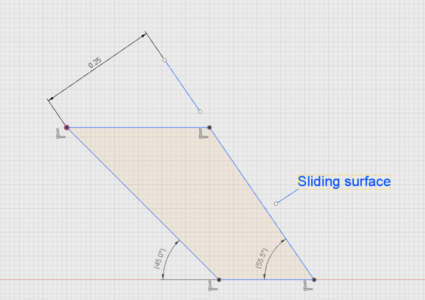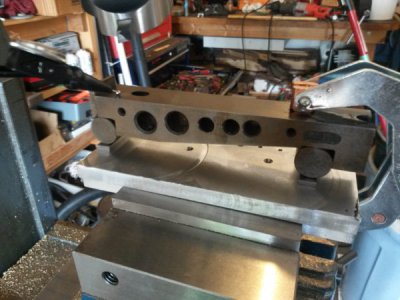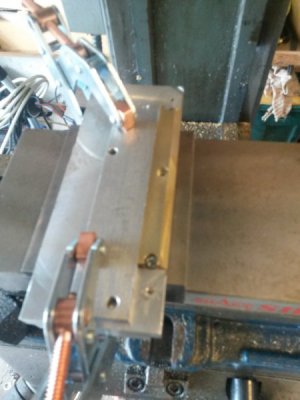- Joined
- Aug 6, 2013
- Messages
- 50
Anyone got any tips on making small gibs?
I need to make a couple, 2.5 inches long, .300 wide, and .200 thick.
I started milling last night and thought I would mill one gib a little over 5 inches long and then cut in half.
The problem I ran into was warping. I might be using the wrong material I don't know.
I was using a piece of key stock.
Any tips would be appreciated.
I need to make a couple, 2.5 inches long, .300 wide, and .200 thick.
I started milling last night and thought I would mill one gib a little over 5 inches long and then cut in half.
The problem I ran into was warping. I might be using the wrong material I don't know.
I was using a piece of key stock.
Any tips would be appreciated.




